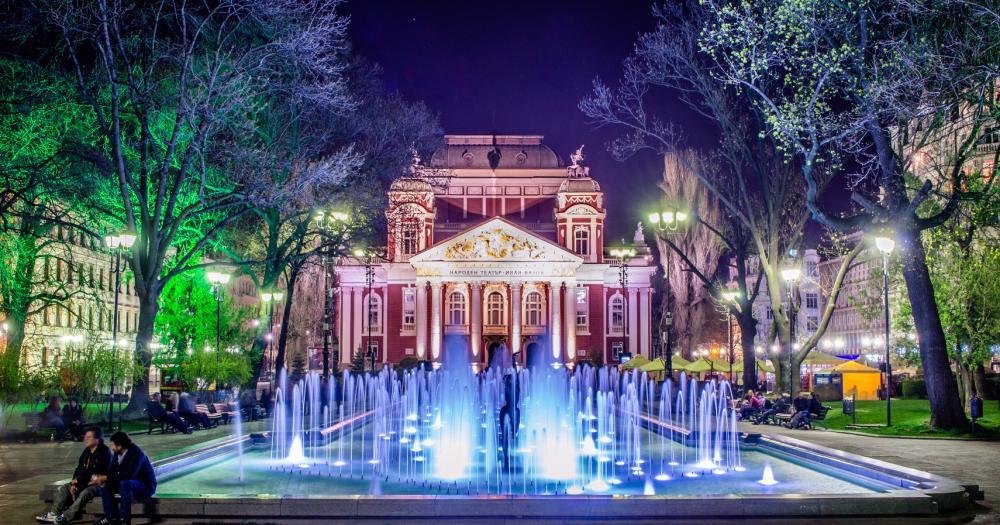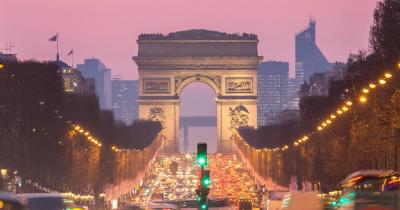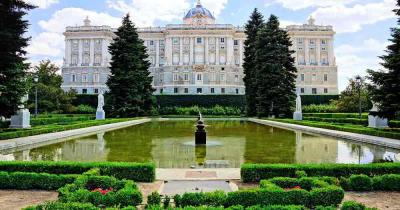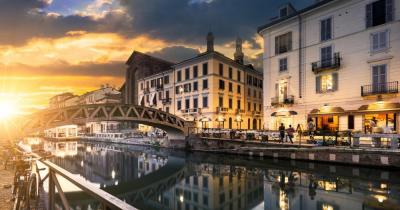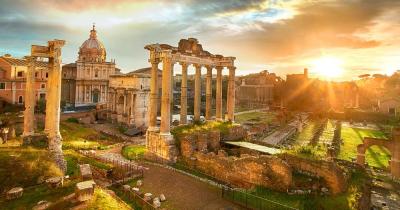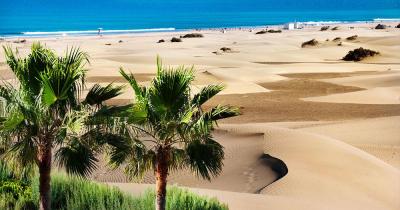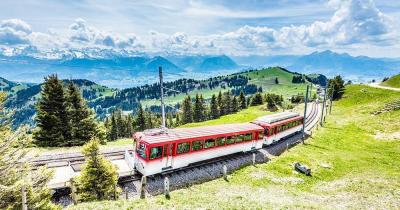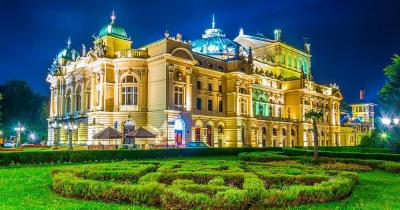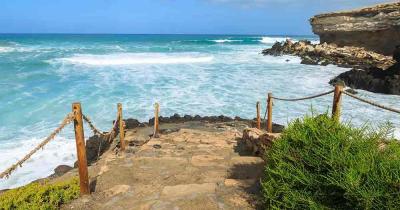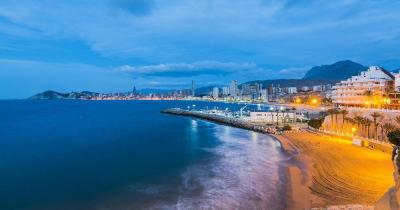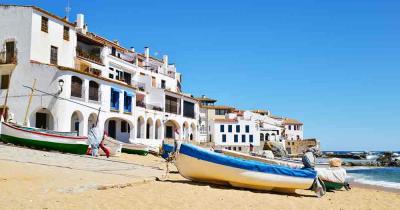Sofia
The capital of the Republic of Bulgaria
Categories: Sofia Bulgaria
Sofia will inspire you!
Sofia is the capital of the Republic of Bulgaria and the largest city in the country with about 1,230,000 inhabitants. It is not only considered the most important political centre of the country, which has been part of the EU since 2007. Thanks to its monuments, museums and theatres, its gastronomy, leisure and nightlife, Sofia has become more and more attractive for tourists in recent years.
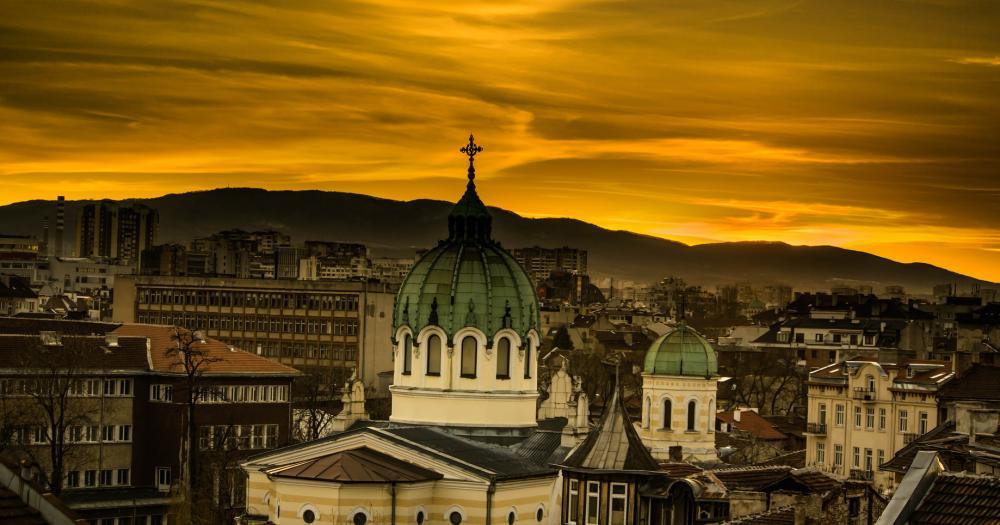 © Boyan Georgiev / Fotolia
© Boyan Georgiev / Fotolia
Arrival
Sofia Airport, located about 12 kilometers from the city center, offers numerous national and international connections. Thus, many destinations in German-speaking countries are also directly approached from here. The airport has excellent transport connections to the city centre.
Sofia is also well integrated into the international long-distance railway network and several long-distance bus lines connect the city directly with destinations in Germany, Austria and Switzerland. Although the (paid) motorway network in Bulgaria is not very extensive, the capital is satisfactorily integrated. In many tourist resorts, mainly on the Bulgarian Black Sea coast and in the winter sports resorts, organized excursions to the metropolis are offered - seasonally varying.
Tourist infrastructure
Sofia offers a well developed metro network, numerous public bus and train lines, taxis and reputable car rental companies. There is a wide range of accommodation - in every price range. In general, the cost of living - compared to many other metropolises - is much lower than the European average.
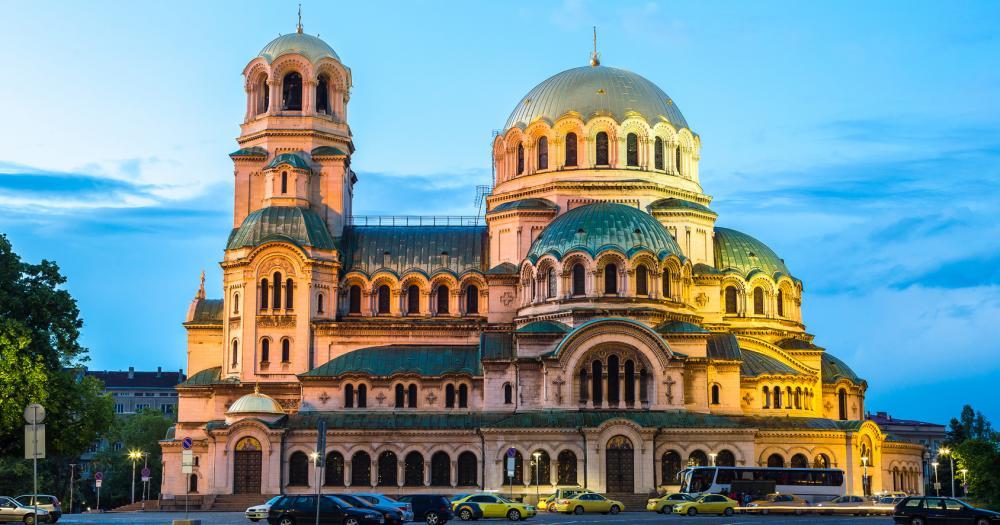 © Sergii Figurnyi / Fotolia
© Sergii Figurnyi / Fotolia
local activities
Sofia offers a wide range of opportunities for those interested in art, culture and history. There are such interesting church buildings as the Alexander Nevsky Cathedral, the Church of St. Sofia, the Church of the Miracle Worker and the Rotunda of St. George. The local synagogue is considered the largest in the Balkans. Also worth seeing are the Ethnological Museum in the building of the former Tsar's Palace, the National Archaeological Museum, the National Natural Science Museum and the National Historical Museum.
As the centre of the alternative cultural scene, Tsar Ivan Shisman Street invites you to stroll. The numerous parks in the city area offer the visitor a little "time-out" from the big city. Shopping is possible in all imaginable forms. However, don't just visit luxury shops and shopping centres but also the Central Market Hall and the "Women's Market" held daily at the Löwenbrücke. The fact that Bulgarian cuisine has more to offer than the famous "Schupska salad" can be seen in the numerous restaurants in the capital.
The cultivation of wine has also changed for the better in recent years and today undisputedly meets even the highest quality standards. The nightlife in Sofia offers something for everyone: the choice is large - not only in terms of the theatre and music scene.
Excursions
If you are in town for a longer period of time, there are numerous excursion destinations in the surrounding area which you can easily reach on your own or organised in a group. For example, the thermal spa Bankja is located about 17 kilometers southeast of the city limits in the Ljubin Mountains. The church of Bojana is part of the Unesco world cultural heritage.
Especially in winter, the Witosha Mountains at the gates of the city attract visitors with their numerous winter sports opportunities. It is not for nothing that Sofia is already a candidate for the Winter Olympics. But even in the warmer months, nature lovers and sports enthusiasts will find plenty to do in this mountainous region.
Enjoy your holiday in Sofia!
